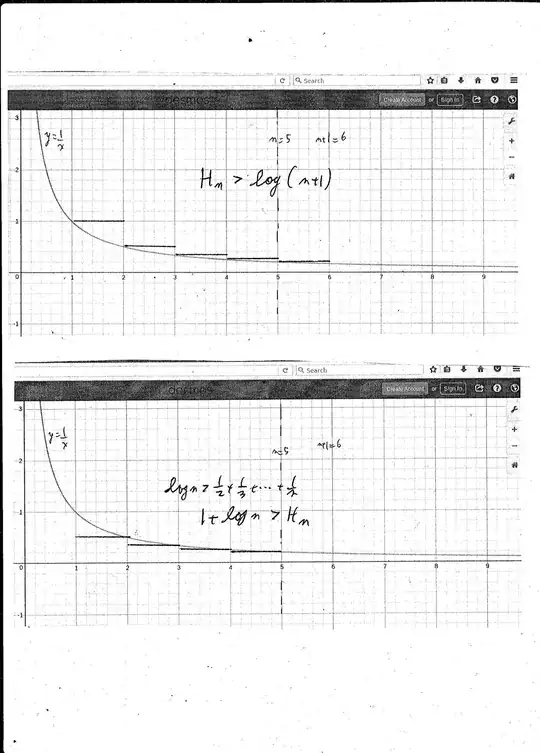$$\sum _{n=1}^{\infty }\frac{1}{n\left(1 +\frac{1}{2}+...+\frac{1}{n}\right)}$$
I am trying to use limit comparison test to test this series,
Let $a_n = \frac{1}{n\left(1 +\frac{1}{2}+\ldots+\frac{1}{n}\right)}$ and $b_n = \frac{1}{n}$
$\lim_\limits{{n\to \infty }}\left(\frac{a_n}{b_n}\right)$
$=\lim _\limits{{n\to \infty }}\left(\frac{\frac{1}{n\left(1+\frac{1}{2}+\ldots+\frac{1}{n}\right)}}{\frac{1}{n}}\right)$
$=\lim _\limits{{n\to \infty }}\left(\frac{1}{\left(1+\frac{1}{2}+\ldots+\frac{1}{n}\right)}\right)$
This limit will always larger than $0$, therefore
$\sum _{n=1}^{\infty }\:\frac{1}{n}$ diverges, $\sum _{n=1}^{\infty }\frac{1}{n\left(1 +\frac{1}{2}+\ldots+\frac{1}{n}\right)}$ diverges.
Is this working valid or there is a better solution for this question?
